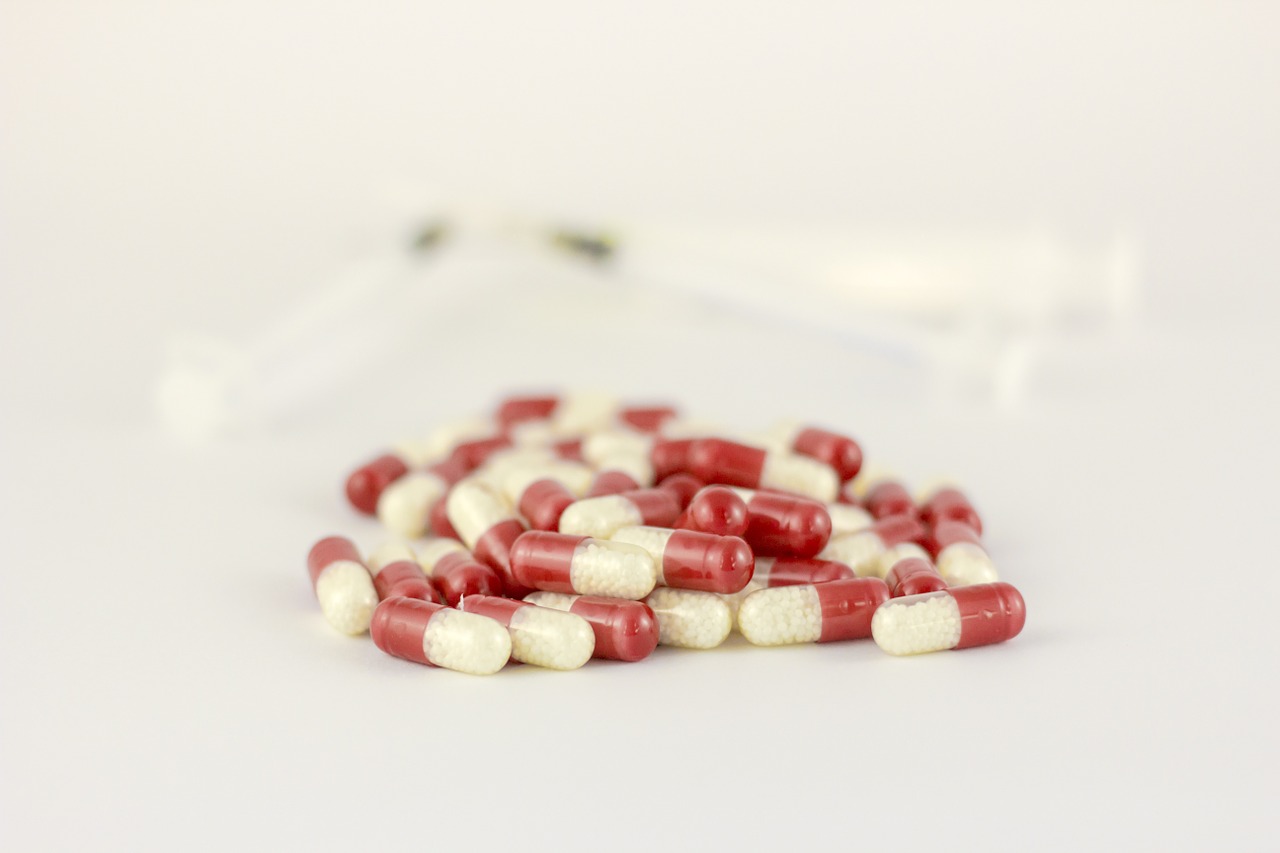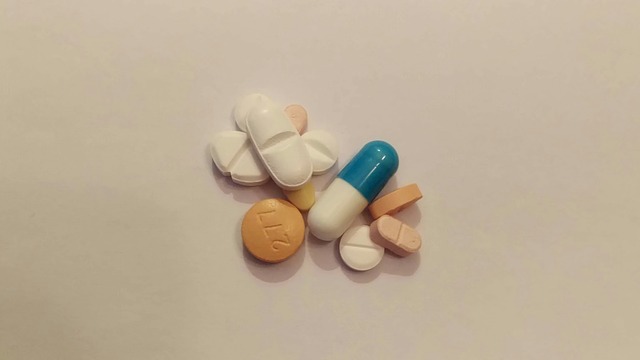Podcast: Play in new window | Download (Duration: 15:52 — 21.8MB) | Embed
On this episode, I discuss atorvastatin pharmacology, adverse effects, monitoring parameters, and drug interactions.
Atorvastatin (Lipitor) is an HMG-CoA reductase inhibitor, the rate-limiting step in the production of cholesterol. It is used to prevent atherosclerotic cardiovascular diseases by decreasing cholesterol.
Atorvastatin is more lipophilic in comparison to other statins such as rosuvastatin. If a patient does not tolerate a statin, switching from a lipophilic to a hydrophilic or vice versa may decrease the chances of those side effects reoccurring.
It can be a high-intensity statin depending on the dose. 10-20mg is considered moderate and 40-80mg is classified as high intensity. Not all statins can reach high-intensity doses, which is why atorvastatin is so commonly used.
The FDA as of July 2021, has requested to remove the contraindication of pregnancy from the prescribing information. Here’s more information on that specific change and why it was requested. I’d encourage you to read it.
Atorvastatin is commonly found to have adherence issues so it should be taken whenever it is going to be best remembered by the patient.
Common adverse effects include myopathy, muscle pain, and soreness. Many elderly patients can be overlooked when they experience aches and pains, so it is important to take their medications into consideration. There are rare risks of liver injury and rhabdomyolysis. CPK and LFTs do not need to be regularly monitored if no symptoms are present.
Remind patients that their cholesterol will not be lowered right away. They will usually have their levels rechecked in 3-6 months.
Drugs that increase rhabdomyolysis risk when used concurrently include fibrates, red yeast rice, niacin, daptomycin. Monitor these patients closely for symptoms of muscle pain. Can also monitor CPK and decrease the dose of the statin in these patients. 3A4 interactions can increase the concentration of statins. These include clarithromycin, grapefruit juice, amiodarone, amantadine, and verapamil. 3A4 inducers can decrease the concentration of statins. These include St. John’s Wort and carbamazepine.
Be sure to check out our free Top 200 study guide – a 31 page PDF that is yours for FREE!
Support The Podcast and Check Out These Amazing Resources!
Meded101 Guide to Nursing Pharmacology (Amazon Highly Rated)
Guide to Drug Food Interactions (Amazon Best Seller)

